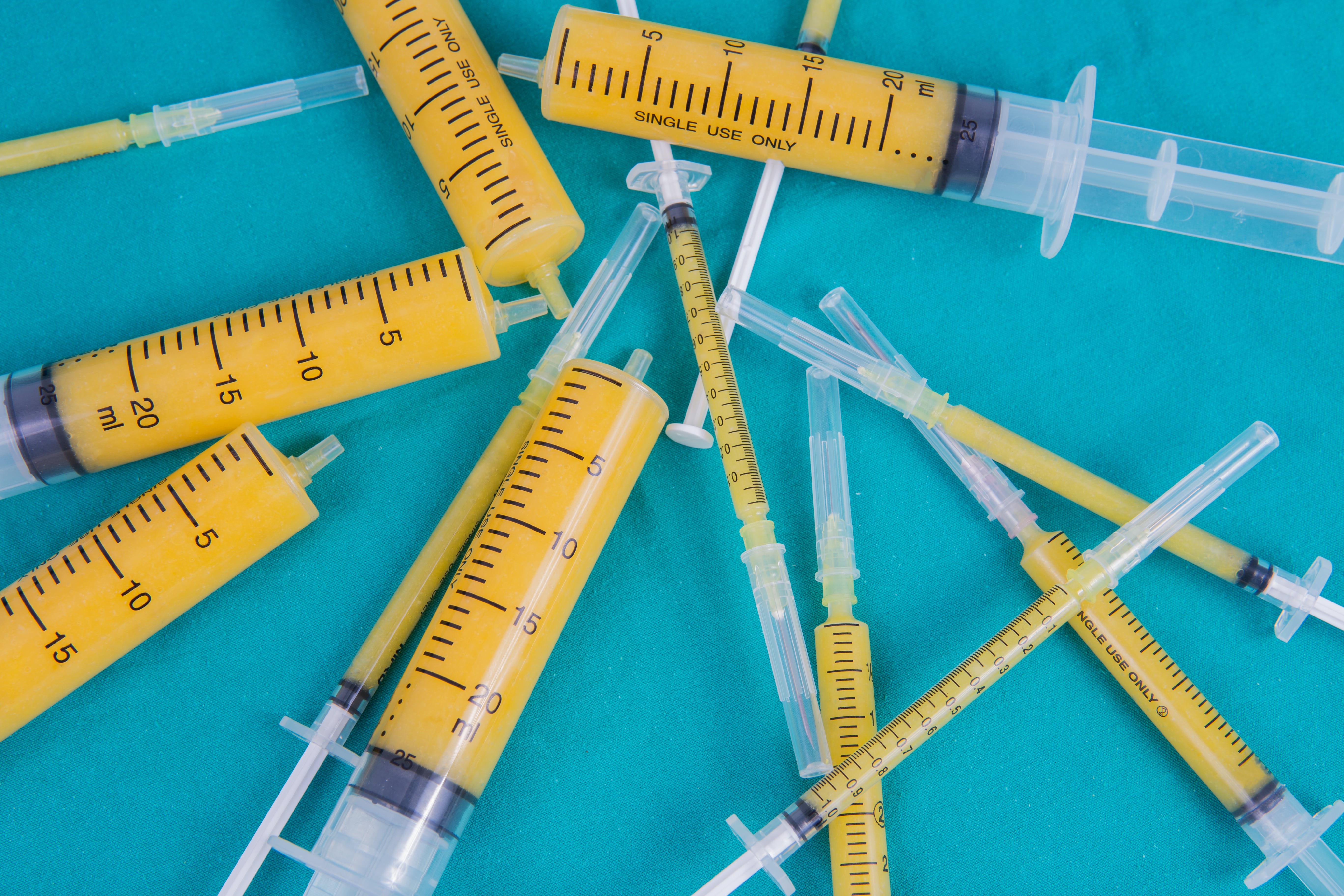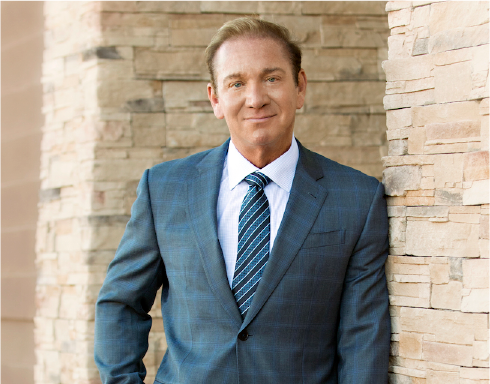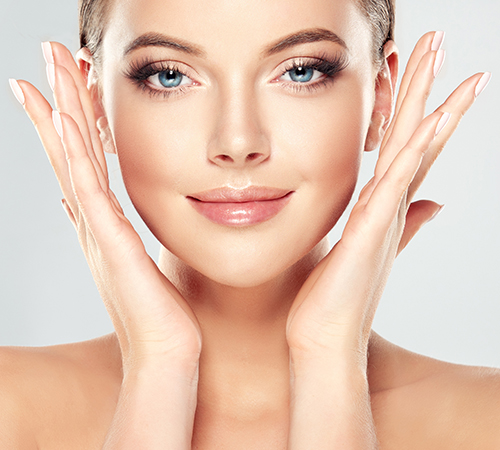Autologous Fat Transfer in Scottsdale
As we age, time takes its toll on our facial features – wrinkles, fine lines, sagging, deepening folds and loss of volume.
Facial fat gave us the plump healthy contours of our youth. Once this supportive facial fat begins to lessen over time, we may see a hollowed look in the cheeks and temples with resultant sagging. The area around the eyes begin to hollow as well giving us a tired look.
If you have volume loss in the face and cheeks, in the cheeks and around the face, Dr. Shaw’s facial fat grafting procedure in Scottsdale is an excellent option. Facial fat grafting is a great choice for many women and men who want to achieve a restored, youthful, fuller looking face. Success is based on many factors from fat quality, harvesting technique, fat preparation and the fat grafting technique as well. Dr. Shaw’s meticulous technique uses restores lasting facial volume with very natural results.

What is autologous fat transfer?
Autologous fat transfer (fat grafting) is the removal of fat cells from a donor site, careful processing and inserting the fat cells into a recipient site. The fat cells are autologous because they are harvested and then injected back into the same donor at a different site. The fat cells are used as a natural filler similar to synthetic dermal fillers.
What is autologous fat transfer used for?
Fat transfer is used to add volume to areas of the body which lack significant volume either through loss during the aging process (facial rejuvenation, hand rejuvenation), defects following liposuction procedures, scar revision.
The goal is the same if volume is lacking or not, to give a fuller, more youthful appearance to the recipient area.
How is autologous fat transfer performed?
Fat cells are obtained (harvested) from the donor site utilizing a 10 cc syringe and special autologous fat harvesting canula. At The SHAW Center, we gently harvest the fat cells to obtain viable fat for reinjection. The fat cells are then processed using the PureGraft system for reinjection. The purified fat is then transferred to 1cc syringes and small blunt tip cannulas are then used to transfer the fat to the recipient site creating a fuller, youthful result.
How is autologous fat transfer different than dermal fillers?
The goal of dermal fillers and autologous fat transfer are the same, to restore volume. The difference is that autologous fat is from the patient’s own fat cells (a natural filler) and Dermal Fillers are (synthetic hyaluronic acid or collagen fillers) . Autologous fat certainly has the ability to use much higher volumes compared to 1 – 5 cc usually used when using dermal fillers. Also, Autologous fat, unlike synthetic dermal fillers, has the potential to become vascularized and live as a fat graft for many years if not forever. I would expect 30% – 70% of fat to survive the process. Dermal fillers, which are readily available, last anywhere from a few months to a year, depending on the filler used.
Volume restoration of the face is regarded as a KEYstep in facial rejuvenation
1) Harvesting of Fat
Dr. Shaw and you will decide on which areas are best suited as the donor site(s). I like to pick an area that has been resistant to diet and exercise as we don’t want the transferred fat to change with weight shifts as well. Tumescent anesthesia fluid is placed into the donor site to aid in harvest and reduce bruising. A special fat harvest canola iscconnected to a 10 cc syringe to carefully extract fat with very low vacuum suction.
2) Processing of Fat
At The SHAW Center, Dr. Shaw used the PureGraft system to process the harvested fat. This method has been shown to have higher fat survival percentages over other methods like centrifuge processing. The processing includes purification and transfer of fat cells. Once enough fat has been obtained from the donor area, the fat is purified. The PureGraft System utilizes a filtration device to remove other unwanted tissue from the fat cells. The fat cells are then gently transferred into small 1cc syringes that will later be used for the fat transfer. We have the ability to add PRP to the prepared fat prior to transfer to enhance the survival of the autologous fat.
3) Injection of Fat
Dr. Shaw transfers the fat to the recipient areas using very small blunt tip cannulas. The goal is to place linear threads of fat, not boluses, which have the best chance of becoming vascularized. The fat is also placed in multiple planes in a “3D” fashion. This is repeated in each area until the desired shape and contour is achieved. Facial surgery, if planned is then performed after the transfer.






